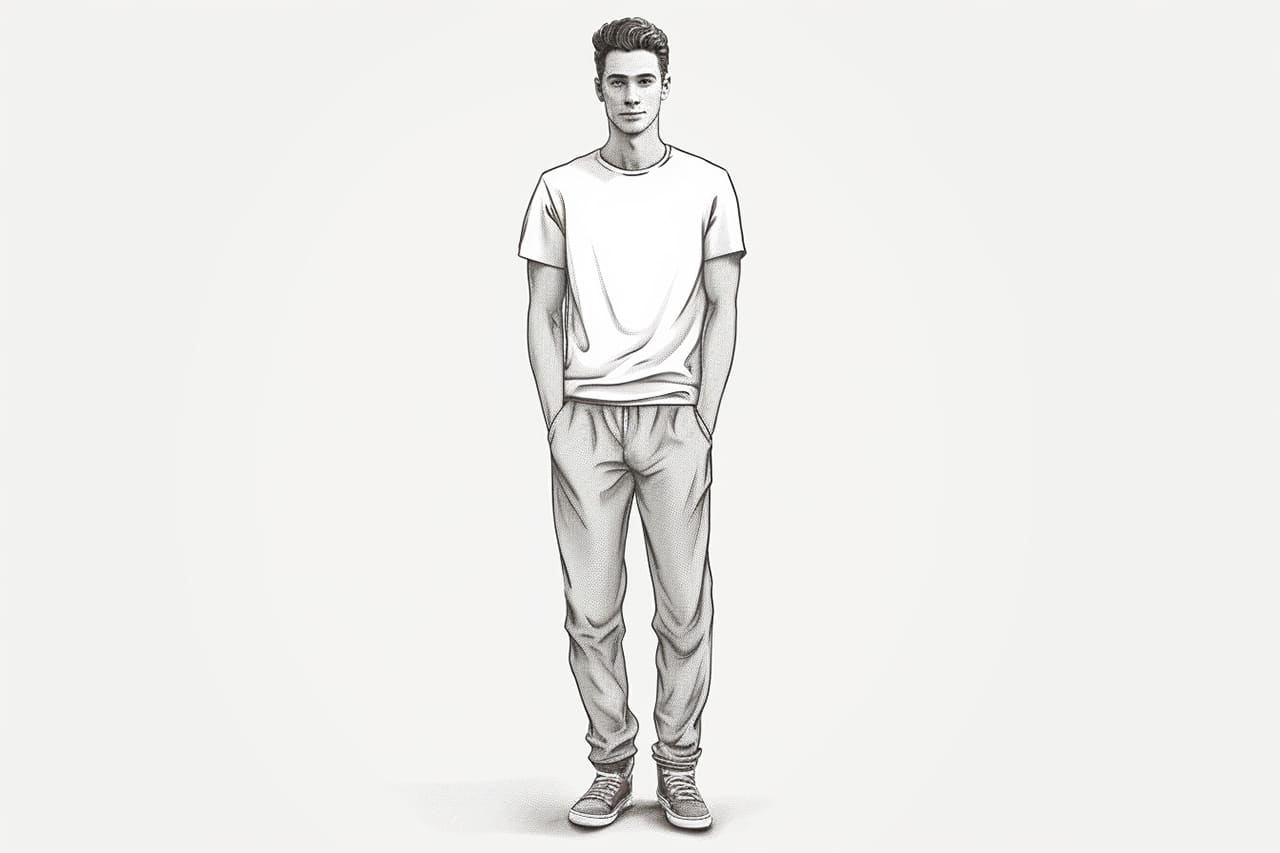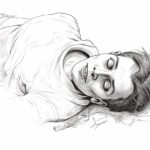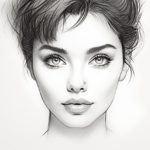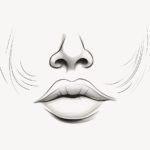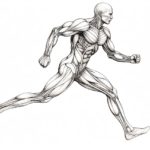Drawing a person can be both challenging and rewarding for artists of all levels. Whether you’re a beginner seeking to develop your skills or an experienced artist looking to refine your techniques, this step-by-step guide on how to draw a person will provide you with valuable insights and practical guidance. By the end of this tutorial, you’ll have the knowledge and confidence to create realistic and captivating human drawings. Let’s embark on this artistic journey together!
Materials Required
Before we dive into the steps of drawing a person, let’s gather the essential materials you’ll need:
- Pencil: A range of pencils with different lead hardness (e.g., 2H, HB, 2B) for various shading effects.
- Eraser: A good quality eraser for correcting mistakes and refining details.
- Drawing Paper: Choose a smooth and sturdy drawing paper that can handle the details and shading in your artwork.
- Reference Images: Having reference images of people in various poses and angles can be immensely helpful in understanding human anatomy and capturing realistic details.
Now that you’re prepared with the necessary materials, let’s proceed with the step-by-step process of drawing a person.
Step 1: Sketch the Basic Proportions
Begin by sketching the basic proportions of the person you want to draw. Start with a simple, light outline of the head. The human body is generally about 7 to 8 heads tall, so use this as a guide to measure the overall height of your person.
Divide the body into segments: the head, neck, torso, arms, and legs. Pay attention to the proportions of each segment, as they may vary depending on the age, gender, and physique of the person you’re drawing.
Step 2: Add the Facial Features
Move on to the facial features. Place the eyes roughly in the middle of the head and use light, horizontal guidelines to ensure they are level. Add the nose and mouth, keeping in mind the proportions and placement of each feature. Remember that the distance between the eyes is approximately the width of one eye.
Step 3: Outline the Body
With the facial features in place, outline the body’s main shape. Add the shoulders, chest, and hips, paying attention to the curvature and proportions. Draw the arms and legs, keeping them in line with the body’s proportions. Don’t worry about details at this stage; focus on capturing the overall form.
Step 4: Refine the Facial Features
Now, let’s refine the facial features. Add more detail to the eyes, nose, and mouth. Observe the reference image for guidance on the shape and size of these features. Pay close attention to the eyebrows, eyelashes, and any other facial details that make the person’s expression unique.
Step 5: Define the Body
Proceed to define the body further. Add details such as fingers, clothing, and any accessories the person may be wearing. Pay attention to the natural curves and contours of the body. Refine the arms and legs, adding muscles, joints, and clothing folds where necessary.
Step 6: Shading and Texture
To make your person drawing appear more three-dimensional and realistic, it’s time to add shading and texture. Identify the light source in your reference image and shade the areas where shadows naturally fall. Use a range of pencils for shading, from lighter to darker, to create depth and dimension. Pay attention to the direction of light and the texture of the person’s skin and clothing.
Step 7: Final Details and Highlights
As you approach the final stages of your drawing, take a step back and assess the overall composition. Make any necessary refinements and enhancements to perfect your artwork. Add highlights to areas where light hits the person, such as the nose, cheeks, and clothing. These highlights will add a sense of realism and luminosity to your drawing.
Conclusion
Congratulations! You’ve successfully learned how to draw a person, a skill that opens the door to endless artistic possibilities. Drawing people allows you to convey emotions, tell stories, and capture the beauty of human diversity. Whether you aim to create portraits, character illustrations, or scenes with people, practice and patience are your allies in mastering this art form.
In conclusion, remember that each person is unique, and observing real-life subjects or reference images is essential for achieving realism in your drawings. Continuously challenge yourself to draw people in different poses, ages, and ethnicities to broaden your artistic horizons. With dedication and practice, you’ll continue to refine your skills and bring your artistic visions to life.

